Alien life: Does it exist on Mars? Did we meet aliens already? A deep dive into the facts (March 13, 2022) - Part 1
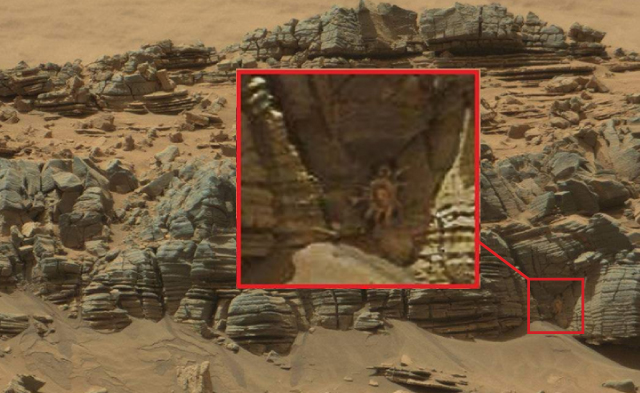
When the picture above, taken on Mars by the mars rover was first released in the media, people were getting excited. Yes, the image is real, and yes it definitely seems to show some crab like creature "guarding" a cave on the red planet.
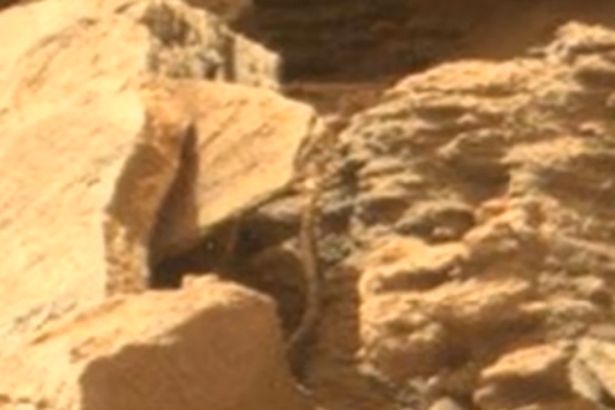
This second picture is real as well. It was spotted by independent researchers, again on official NASA photos taken by the mars rover. What does it show? The eye will quickly see either a snake like creature or a type of plant showing up from behind the Martian rocks.
But although they certainly already catch your attention when seen separately like this, what really made these pictures more interesting was the horrible explanations NASA and affiliated scientists came up with. Both pictures were explained away calling what we see simply "rocks" and "wishful thinking".
Anyway, last year NASA released an article in Nature magazine, suggesting the introduction of a new scale to deal with the discovery of alien life. At the first step of the scale, called level 1, scientists would report hints of a signature of life, such as a biologically relevant molecule. An example would be a future measurement of some molecule on Mars potentially related to life. Moving up to level 2, scientists would ensure that the detection was not influenced by the instruments having been contaminated on Earth. At level 3 they would show how this biological signal is found in an analog environment, such as an ancient lakebed on Earth similar to the Perseverance rover’s landing site, the Jezero Crater.
To add evidence to the middle of the scale, scientists would supplement those initial detections with information about whether the environment could support life and rule out non-biological sources. For Mars in particular, samples returned from Mars could help make this kind of progress. Since different teams on Earth would have the opportunity to independently verify hints of life in Mars samples with a variety of instruments, the combination of their evidence could achieve level 6, the second highest step on the scale. But in this example, to reach level 7, the standard by which scientists would be most sure they had detected life on Mars, an additional mission to a different part of Mars would be required.
Scientists who study exoplanets are eager to find both oxygen and methane, a combination of gases in Earth’s atmosphere indicative of life. Because these gases would lead to reactions that cancel each other out unless there are biological sources of both present, finding both would be a key level 4 milestone. To reach level 5, astronomers would need a second, independent detection of some hint of life, such as global images of the planet with colors suggestive of forests or algae. Scientists would need additional telescopes or longer-term observations to be sure they had found life on an exoplanet. Upcoming missions such as Europa Clipper, an orbiter headed for Jupiter’s icy moon Europa later this decade, and Dragonfly, an octocopter that will explore Saturn’s moon Titan, will provide vital information about the environments in which some form of life may be found.
So there you have the official story by the American space agency NASA. And take a good note at what it says at "level 5" in the scale given by NASA. I'll repeat it just to make it easier: "To reach level 5, astronomers would need a second, independent detection of some hint of life, such as global images of the planet with colors suggestive of forests or algae." Let me show you something, these are pictures taken on Mars.

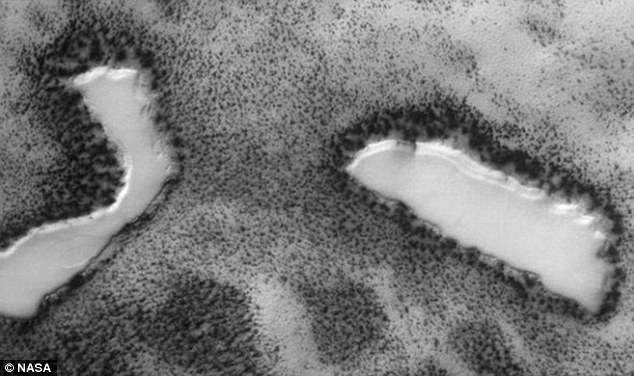
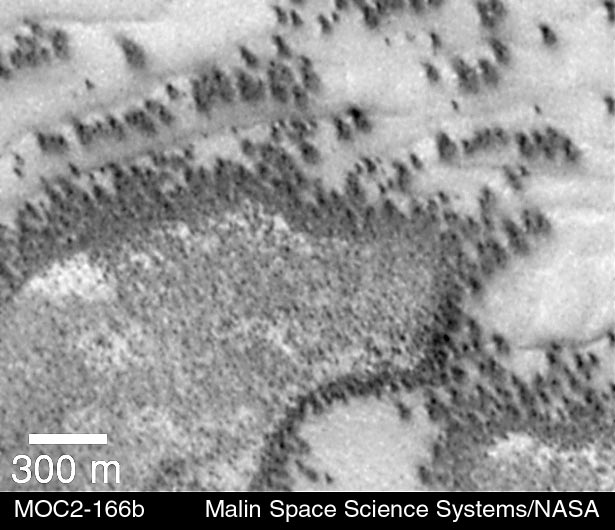
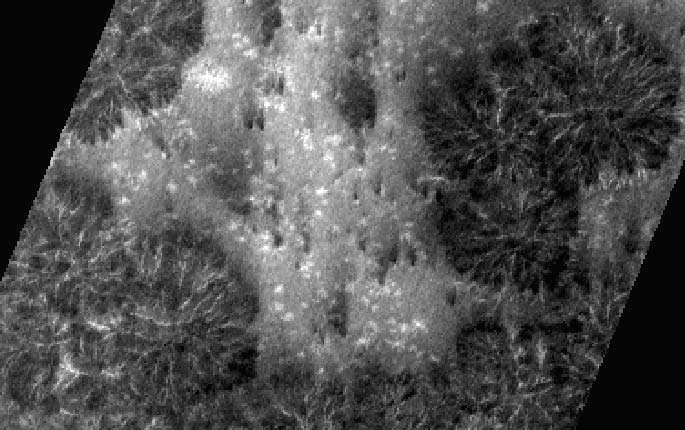
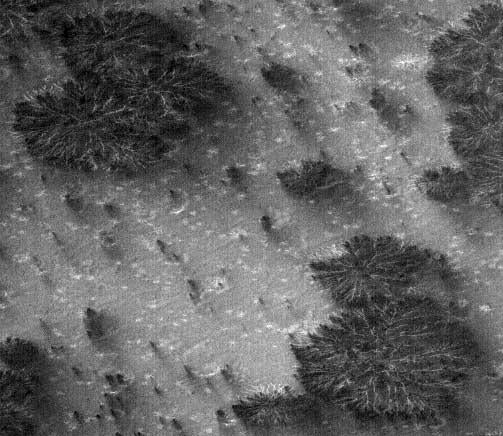
Yes, again all these pictures are real. And taken only from official sources. And it is my opinion that we do at least see the suggestion of plant life on Mars. I've included a picture that shows the plant life surrounding 2 area's that on first eye sight represent 2 lakes with standing water. Just to put it in perspective. Important to note as we all is that these images were not taken in the desert on Mars, they were taken closer to the icy poles on the planet in area's where scientists already suggest that the soil contains at least liquid water. So the suggestion might be more plausible than you would think.
In February 2005, NASA scientists reported they may have found some evidence of extraterrestrial life on Mars. The two scientists, Carol Stoker and Larry Lemke of NASA's Ames Research Center, based their claim on methane signatures found in Mars's atmosphere resembling the methane production of some forms of primitive life on Earth, as well as on their own study of primitive life near the Rio Tinto river in Spain. NASA officials soon distanced NASA from the scientists' claims, and Stoker herself backed off from her initial assertions. However, though such methane findings were debated back then, support among scientists for the existence of life on Mars exists. It took a few years, and then this happened:
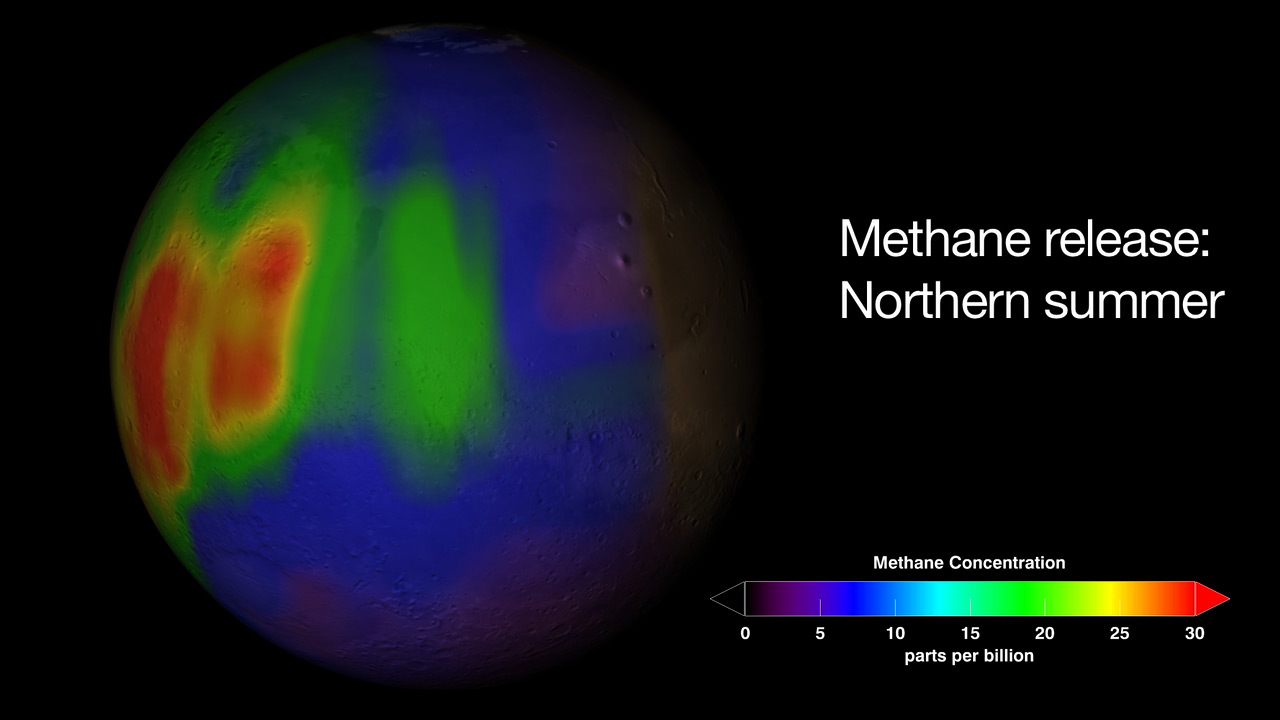
In 2009, NASA published the above methane map, showing the concentrations of methane in the atmosphere of Mars during the "Northern summer time".

On the above picture taken with an Electron microscope, we see a micrograph of the Martian meteorite ALH84001 showing structures that some scientists think could be fossilized bacteria-like life forms. This was already reported in 1996.
An experiment on the two Viking Mars landers reported gas emissions from heated Martian soil samples that some scientists argue are consistent with the presence of living microorganisms. That experiment you can read about in Paul Chambers book from 1999 called Life on Mars. December 9, 2013, NASA reported that, based on evidence from Curiosity studying Aeolis Palus, Gale Crater contained an ancient freshwater lake which could have been a hospitable environment for microbial life.

In 2018, the above picture was officially released by ESA. Causing the New York Times to write an article titled: A Large Body of Water on Mars Is Detected, Raising the Potential for Alien Life.
The article said: "For the first time, scientists have found a large, watery lake beneath an ice cap on Mars. Because water is essential to life, the discovery offers an exciting new place to search for life-forms beyond Earth."
The New York Times further states that Italian scientists working on the European Space Agency’s Mars Express mission announced back then that a 12 mile-wide underground liquid pool, not just the momentary damp spots seen in the past, had been detected by radar measurements near the Martian south pole.
"Water is there," Enrico Flamini, the former chief scientist of the Italian Space Agency who oversaw the research, said during a news conference. "It is liquid, and it’s salty, and it’s in contact with rocks," he added. "There are all the ingredients for thinking that life can be there, or can be maintained there if life once existed on Mars."
A Scientific paper written in 2021, has scientists claiming they possibly found mushrooms on Mars. In their paper, the scientists analyze a variety of images taken by NASA’s Opportunity and Curiosity rovers, as well as the Mars Reconnaissance Orbiter’s HiRISE camera. The paper appeared in Scientific Research Publishing’s "Advances in Microbiology". The most convincing evidence is the following image comparison:

So far for the data collection in this Deep Dive part 1.
To be continued in part 2 very soon.
Sources:
https://www.nasa.gov/feature/are-we-alone-in-the-universe-nasa-calls-for-new-framework
https://en.wikipedia.org/wiki/Extraterrestrial_life#Direct_search
https://www.nytimes.com/2018/07/25/science/mars-liquid-alien-life.html
https://www.popularmechanics.com/space/moon-mars/a36356445/mushrooms-on-mars-nasa-photos-life-on-mars/
https://www.researchgate.net/publication/351252619_Fungi_on_Mars_Evidence_of_Growth_and_Behavior_From_Sequential_Images